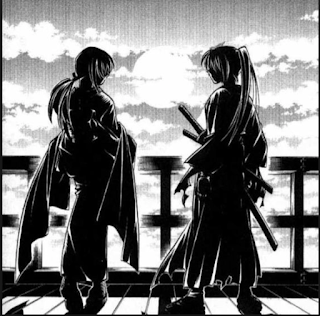Manga Monday | Maison Ikkoku
I have been a Rumiko Takahashi fan since I started Inuyasha on Toonami at the ripe age of 9(ish). I've consumed my fair share of the Rumic World, but I have never looked too much into the slice-of-life world of Maison Ikkoku until now. I started checking out the big volumes of this manga at my local library (support your libraries!) late last year. Every time I started reading a new chapter, I was transported into this cozy little chaotic world that I was always happy to be part of.
A Little Bit About the Mangaka
Rumiko Takahashi is one of the best-known Japanese manga artists in and out of Japan. With a career of several commercially successful works, beginning with Urusei Yatsura in 1978, she is one of Japan's best-known and wealthiest manga artists. Her works are known worldwide, where they have been translated into a variety of languages, with over 230 million copies in circulation; making Takahashi one of the best-selling authors of all time.
A Little Bit About the Story
In the town of Clock Hill, there is an old boarding house called Maison Ikkoku. While the residence itself is fairly normal, most of its occupants are not. Yuusaku Godai has finally reached his limit with his neighbors' constant disruptions and boisterous partying. Wanting a calmer place to call home so that he can study in peace, he prepares to move away.
However, his plans are interrupted when he meets the new boarding house manager, Kyoko Otonashi. After falling quickly in love with her, he decided that the boarding house might not be such a bad place to live. Unfortunately for him, Kyoko has her own troubles. She is a widow whose husband died six months into their marriage. Despite her blossoming feelings for Godai, Kyoko still cherishes her dearly departed husband and believes no other man can fill the void in her heart. But with Godai's persistence and some help from the other eccentric tenants, she may experience true love once again.





Comments
Post a Comment